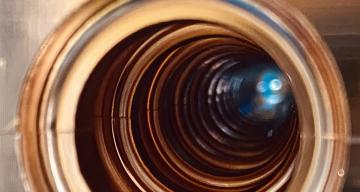Technical
What makes the Cool Copper Collider unique?
The linac design is based on two features: an accelerator structure with a separate feed to each cavity permitting the iris to be optimized for gradient and breakdown; and a structure that operates in LN, causing the Cu (or Cu alloy) conductivity to increase and reduce the RF power requirements by about a factor of 2.5.
C3 technology is broadly applicable. This will increase investment, community interest and the impact of developing this technology for a future collider. C3 technology can be applied across a larger range of energies allowing us to test its efficacy and learn about its manufacturability.
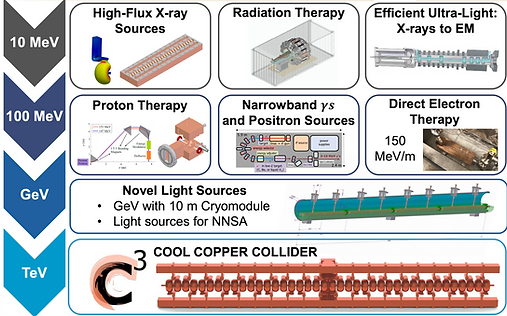
C3 Design Highlights
Cavity Structure
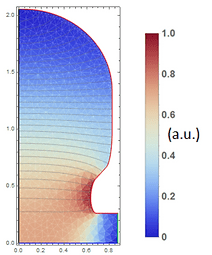
Linacs accelerate charged particles using oscillating electric fields excited within RF cavities (cells) that are joined together to form a beamline. Typically, RF power is fed to the linac from one point and flows through adjacent cells using coupling holes that also serve as beam tunnels for charged particles. Our design uses a distributed coupling accelerator topology in order to maximize the accelerator efficiency and to achieve high gradient.
Cyrogenic Cooling
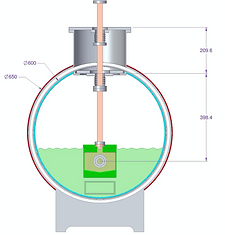
The design of C3 is informed by the first operation of a distributed coupling structure at cryogenic temperatures which exceeded the nominal operating gradient 120 MeV/ m, demonstrating the feasibility of achieving high-gradient performance with a cryogenically-cooled normal-conducting accelerating structure. This concept for the Cryogenic Copper Collider (C3) is a potential breakthrough for the High Energy Physics community in exploring e e physics.
Wakefields
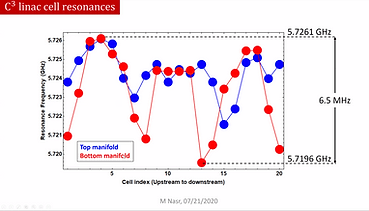
Wakefields and the resulting emittance degradation are of significant concern for any practical collider design. An initial analysis of both short-range and long-range wakefields is serving as a launching point.
NCRF
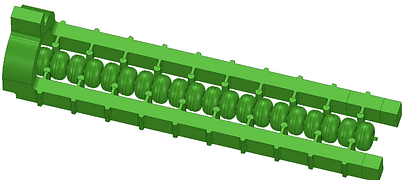
The NCRF structure, with internal manifolds distributing the RF to each cell, eliminates the need to transmit RF power through the cavity irises, which permits the entire structure to be designed for high shunt impedance and low breakdown. In addition, the structure will be cooled to ~77 K, increasing the shunt impedance by ~2.5 and reducing the breakdown rate.
